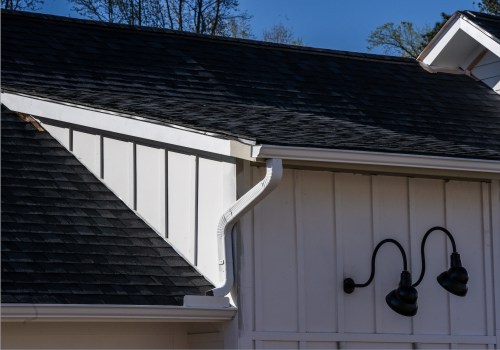Maintaining a beautiful and healthy landscape throughout the year requires more than just occasional mowing or watering—it demands seasonal awareness, strategic care, and a proactive approach to groundskeeping. By understanding the unique needs of your landscape in each season, you can preserve vibrant plant life, prevent common damage, and create outdoor spaces that look stunning regardless of the month. From residential yards to commercial properties and even recreational fields, the principles of year-round landscape health apply everywhere.
Spring: Revive and Replenish
Spring is the season of renewal, making it the ideal time to revive your landscape after winter’s toll. Begin by clearing away dead leaves, debris, and any lingering snow mold. Aeration is crucial during this time to loosen compacted soil, allowing roots to breathe and absorb nutrients more effectively. Applying a slow-release fertilizer and overseeding patchy lawn areas will encourage lush, green growth. This is also the perfect time to prune back shrubs and ornamental grasses to stimulate healthy development and prepare garden beds for new plantings.
Summer: Sustain and Protect
With the arrival of summer heat, groundskeeping shifts to sustaining growth and protecting your plants from stress. Irrigation becomes especially important—lawns and garden beds need consistent moisture, particularly during dry spells. Water deeply but less frequently to encourage deep root systems. Mowing height should be raised slightly during hotter months to shade grass roots and retain moisture. It’s also essential to monitor for pests and signs of fungal disease, as warm weather and humidity create ideal breeding conditions. Mulching around trees and plants can help reduce evaporation and suppress weed growth.
Fall: Strengthen and Prepare
Fall is a key time to prepare your landscape for winter. Start by removing fallen leaves to prevent mold and rot, especially in grassy areas. This season is also ideal for aerating and fertilizing lawns one last time—feeding the roots before they go dormant will set the stage for a vigorous return in spring. Planting hardy perennials and spring-blooming bulbs ensures your garden starts the new year strong. Shrubs and young trees benefit from protective wrapping or mulch insulation to shield them from dropping temperatures.
Winter: Maintain and Monitor
Although growth slows significantly during winter, this is no time to ignore your landscape. Regularly removing snow and ice from walkways and sensitive areas prevents damage and accidents. Avoid piling salt near plant beds, as runoff can harm root systems. For properties with amenities like sports fields or common areas used for activities like 5 a side soccer, it's vital to monitor turf condition and schedule off-season maintenance such as drainage checks or turf rehabilitation. This ensures the field remains playable and safe once spring arrives.
Adapting to Local Conditions and Landscape Goals
Every landscape is unique, so it’s important to tailor your groundskeeping efforts to your local climate, soil conditions, and property goals. Whether your space is focused on visual appeal, functionality, or recreation, maintaining a year-round care routine ensures consistent beauty and health. It also reduces long-term maintenance costs by preventing major issues before they arise.
Conclusion: A Healthier Landscape All Year Long
Year-round groundskeeping is about more than just aesthetics—it’s about fostering a sustainable and thriving environment. With thoughtful seasonal care, your landscape can flourish through every change in weather, providing beauty, value, and usability no matter the season. From colorful spring blooms to resilient winter evergreens, a well-maintained landscape is always in season.







